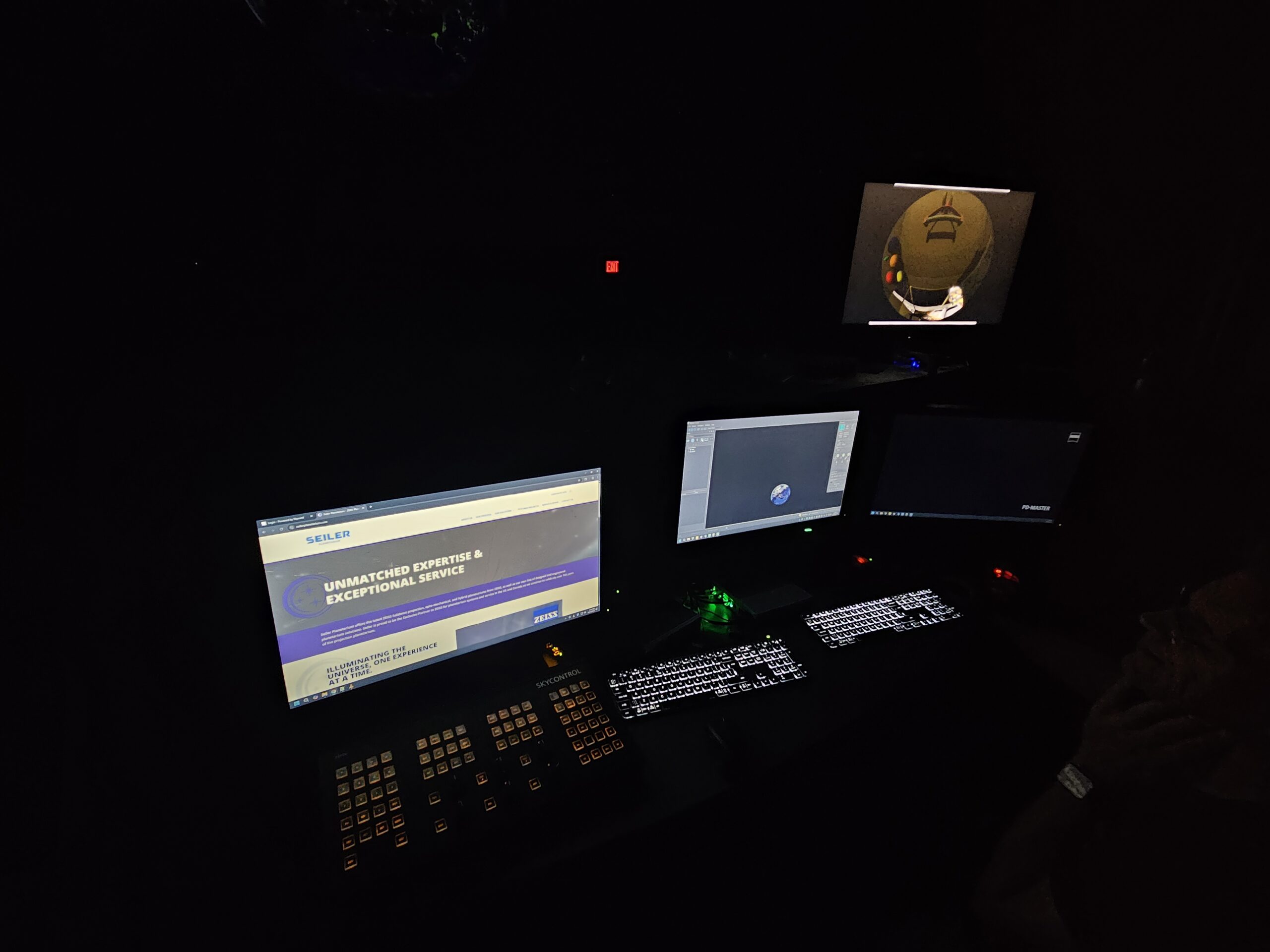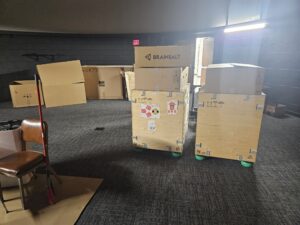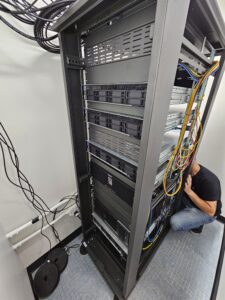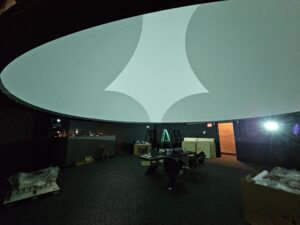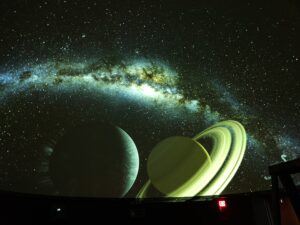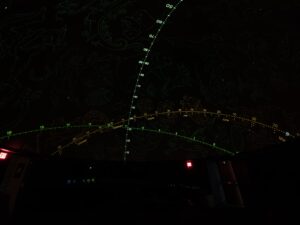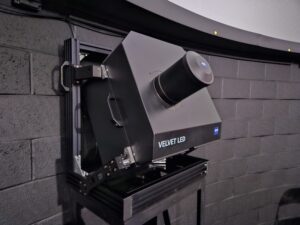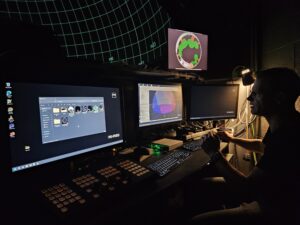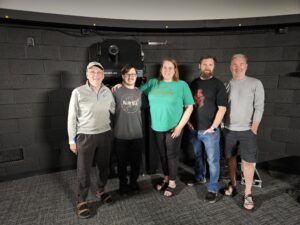In June 2025, ZEISS & Seiler Planetarium installed a VELVET LED Duo fulldome projection system in The Shiras Planetarium in Marquette, MI. Their 60-year-old planetarium was relying on a starball to compliment their incredible laser system.
The Shiras team had three main criteria for a new system:
- Longevity: The Shiras Planetarium is unique. As the only planetarium in Michigan’s Upper Peninsula, and situated in Marquette High School, every one of Marquette’s 21,079 “Yoopers” has memories of the 60-year-old planetarium, with one of two optomechanical systems. They didn’t want a system that would require updating or replacing in less than ten years.
- Image Quality: The legendary VELVET projector is a hallmark of planetarium technology. The U.P. enjoys dark skies, the Milky Way and even the northern lights are on regular display. The ZEISS VELVET system is the only video system capable of representing the night sky as “Yoopers” see it. Beyond contrast, the ZEISS system offers the smoothest gradients (10 bits per RGB color channel), smoothest playback (frame rates up to 120fps), and most artifact-free (super-efficient HEVC codec).
- Flexibility: Now much more than just a planetarium, The Shiras will feature a variety of distinct experiences:
- 2D Planetarium: skycontrol offers the traditional live planetarium experience, complete with a manual control panel, precise didactic projections and classic constellation art. 100 years in the making, skycontrol is the backbone of ZEISS planetariums and the most sophisticated and precise observational astronomy software available. Night skies are the most demanding content for video systems.
- 3D Planetarium: UNIVIEW is an interactive, three-dimensional, real-time visualization of astronomical databases and simulations. No longer bound to The Earth, The Shiras can now navigate the universe, “flying” from the ore dock to the cosmic microwave background in a matter of seconds. UNIVIEW can be customized with regional and indigenous astronomy modules. Moons, dwarf planets, clusters, nebulae, exoplanets, the HST, ISS, and JWST. It’s all there. Open-world is now Open-Universe.
- Theater: Through powerdome, the Shiras staff now enjoy a growing library of fulldome content able to be shown seamlessly and in brilliant color. They can add to this library, program theater automation, and show fulldome content typical of institutional IMAX theaters. Planar content can be placed and scaled around the dome to suit the event and experience.
- Music Visualization: Laser shows are a vital part of The Shiras programming. Their shows are programmed by students and run on a system of the planetarium staffs own design. Using the laser and video systems in tandem, synced and with complimentary automation, is at the forefront of fulldome music visualization. The lasers dynamic range is matched by the video system, which can also switch from vibrant fulldome imagery to pitch black on-beat. The experience is more immersive as the audience cannot see the theater around them except when content is on the screen.
Other: The Shiras team intend to push the envelope of planetarium content in many directions: With UNIVIEW OpenDome, anything is possible. Fulldome gaming, live feeds of local events, fulldome visualization synched to live music, and locally produced content are just some of the capabilities to be explored.
The New Shiras Planetarium is, in a word, Superior.

